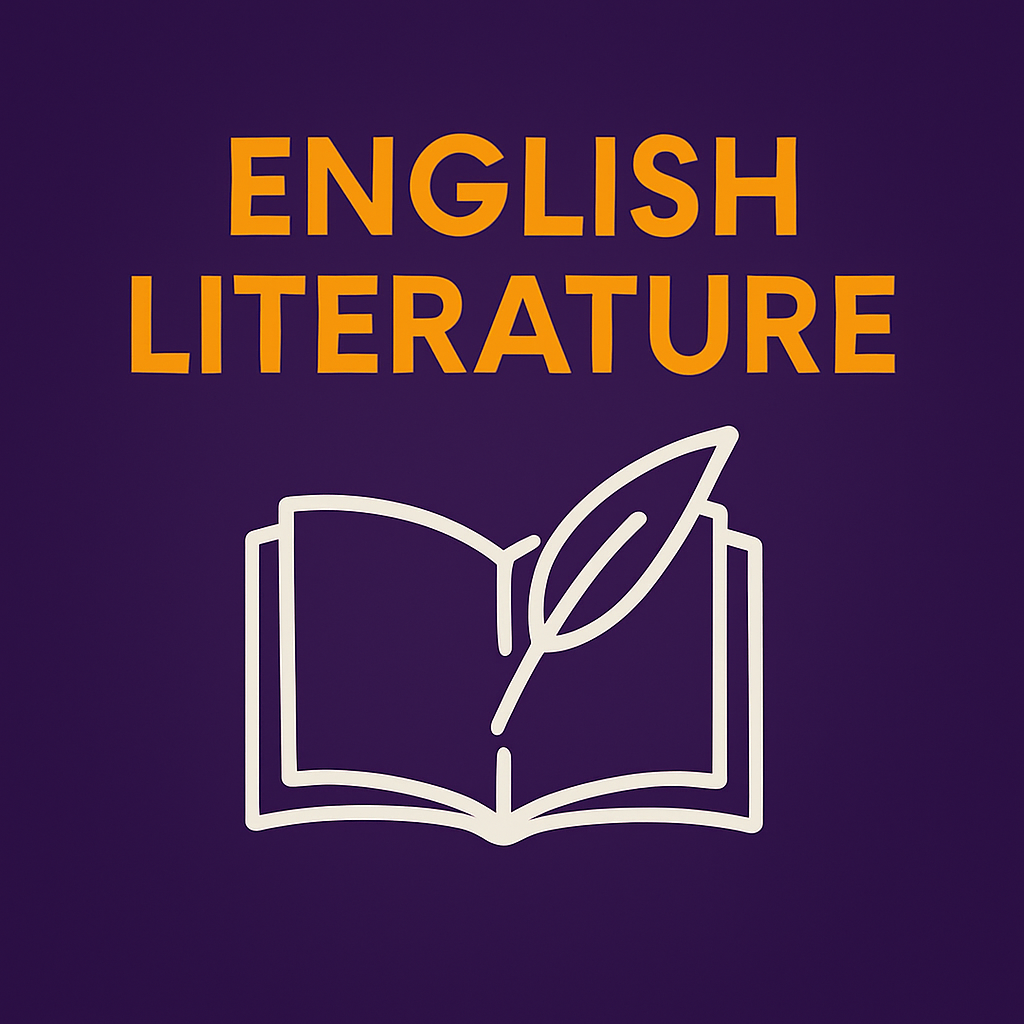Reading Time: 2 minutes
Table of Contents
ToggleExamining Modernist Literature
Introduction
Modernist literature emerged in the early 20th century, challenging traditional forms and exploring themes of identity, alienation, and fragmentation. For A-Level English Literature, studying Modernist works offers insights into how writers responded to rapid societal change.
This article will explore:
- Key themes in Modernist literature.
- Techniques used by Modernist writers.
- Strategies for analysing Modernist texts.
Key Themes in Modernist Literature
1.1 Fragmentation
- Reflects the fragmented nature of modern life.
Example: T.S. Eliot’s The Waste Land juxtaposes voices and images to depict cultural disintegration.
1.2 Alienation and Isolation
- Characters often struggle with a sense of disconnection.
Example: In Virginia Woolf’s Mrs Dalloway, Septimus feels alienated from society due to his PTSD.
1.3 Subjectivity and Inner Life
- Emphasis on the individual’s thoughts and perceptions.
Example: James Joyce’s Ulysses employs stream of consciousness to delve into characters’ minds.
1.4 Critique of Modernity
- Challenges the impact of industrialisation and war on humanity.
Example: The mechanical imagery in Eliot’s poetry critiques the dehumanising effects of modern life.
Techniques Used by Modernist Writers
2.1 Stream of Consciousness
- Captures the flow of characters’ thoughts and emotions.
Example: Woolf’s To the Lighthouse uses fragmented, introspective narratives.
2.2 Nonlinear Narratives
- Modernist texts often reject chronological storytelling.
Example: Faulkner’s The Sound and the Fury shifts between different timelines and perspectives.
2.3 Intertextuality
- References to other works or historical events enrich the text.
Example: Eliot’s The Waste Land draws on mythology, religion, and literature.
2.4 Ambiguity
- Modernist texts often leave interpretations open-ended.
Example: The conclusion of Heart of Darkness raises questions about morality and imperialism.
Strategies for Analysing Modernist Texts
3.1 Focus on Themes
- Relate themes to the cultural and historical context of Modernism.
3.2 Analyse Language and Structure
- Examine how fragmented sentences or experimental techniques reflect themes.
3.3 Compare Authors
- Highlight differences in how Modernist writers approach similar ideas.
Example: Woolf’s focus on inner life contrasts with Eliot’s societal critique.
Tips for Success
- Incorporate Context: Discuss how Modernism reflects early 20th-century anxieties.
- Use Critical Perspectives: Reference Modernist critics like Malcolm Bradbury.
- Balance Depth and Breadth: Analyse specific passages while connecting them to broader themes.
Conclusion
Modernist literature revolutionised storytelling, blending experimental techniques with profound explorations of identity and society. By mastering these approaches, A-Level English Literature students can develop insightful analyses of Modernist texts.

Skinat Tuition | Excellence in SAT, GCSE, and A-Level Tutoring Worldwide.


